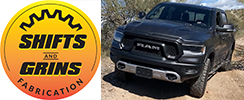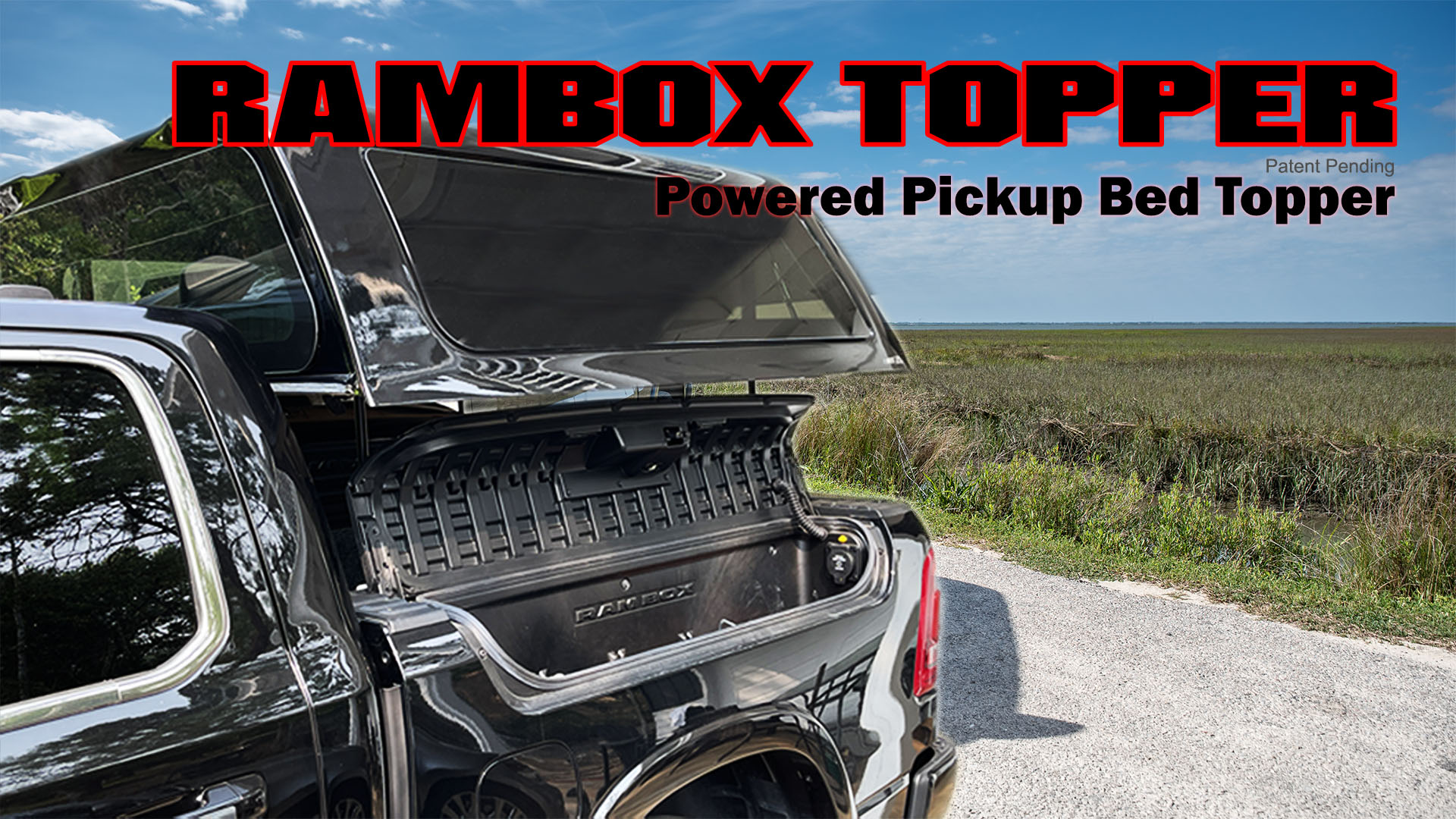Sorry for the stupid question, I'm new to 4 wheel drive and off-road (also english is not my native language). I've had a new Rebel 5.7 hemi for a month now, 1500 miles on it. I was convinced that 4wd high shouldn't be used on turns on asphalt (especially with the steering wheel turned to the max). Apart from that, there are no particular contraindications. So i felt its ok to engage 4wd high a few times for maximum acceleration from traffic lights. I've also used 4wd high on gentle terrain, on sand or in the forest. When it was raining heavily on the highway - I was driving on 4wd high at 80 mph... Now I'm reading that I absolutely shouldn't use 4wd high on asphalt, even if I'm going straight. Also off-road, if it's not super slippery - I shouldn't engage 4wd high... I feel like an idiot and I'm worried that I could have damaged my new car because of my stupidity. Please tell me if I've screwed up badly or very badly. And should I check the differential or transfer case somehow? In my defense, I can only say that the dealer encouraged me during a test drive of another Ram to use 4wd high to start from the traffic lights because it would give me better traction...
5thGenRams Forums
You are using an out of date browser. It may not display this or other websites correctly.
You should upgrade or use an alternative browser.
You should upgrade or use an alternative browser.
4wd high misuse
- Thread starter JanuszPL
- Start date
Using 4wd in high traction environments like dry pavement is not recommended as it can cause binding in the transfer case due to different speeds between the front and rear wheels while turning.
If you didn’t experience catastrophic failure of the transfer case it is highly unlikely you caused any damage.
I use 4wd on roads that go from snow covered to bare wet pavement and back so often that I don’t bother switching in and out of 4wd outside of tight turns on bare surfaces. Many times I have forgotten to switch out of 4wd and other than requiring a bit more throttle to overcome the resistance I haven’t had any issues in 70k+ miles.
Lots of drag strip passes have been preformed with 4wd vehicles using stock transfer cases and front differentials without many issues. Also lots of vehicles doing extreme off-road on bare rocky trails.
Many myths out there about using 4wd on the highway causing transfer cases to explode aswell. I’ve done multiple 16+hour trips with and without a trailer while in 4wd and speeds up to 70mph. Outside of sharp turns on bare/dry pavement you are highly unlikely to cause damage with a stock truck.
If you didn’t experience catastrophic failure of the transfer case it is highly unlikely you caused any damage.
I use 4wd on roads that go from snow covered to bare wet pavement and back so often that I don’t bother switching in and out of 4wd outside of tight turns on bare surfaces. Many times I have forgotten to switch out of 4wd and other than requiring a bit more throttle to overcome the resistance I haven’t had any issues in 70k+ miles.
Lots of drag strip passes have been preformed with 4wd vehicles using stock transfer cases and front differentials without many issues. Also lots of vehicles doing extreme off-road on bare rocky trails.
Many myths out there about using 4wd on the highway causing transfer cases to explode aswell. I’ve done multiple 16+hour trips with and without a trailer while in 4wd and speeds up to 70mph. Outside of sharp turns on bare/dry pavement you are highly unlikely to cause damage with a stock truck.
Last edited:
Fatherof3
Spends too much time on here
Welcome to the forum . As Sascwatch stated above tight turns on dry pavement or lots of traction is when it could cause damage . You’ll feel it binding if you shouldn’t be in 4WD .
Biga
Ram Guru
You can use 4wd where there isn't much tight turning, but it will create some added wear to the system over time. I don't use 4wd high on dry or even wet roads, I Have good tires and have never had a need to use 4wd on wet pavement.
kapinallinen2
Spends too much time on here
- Joined
- Jan 16, 2019
- Messages
- 2,747
- Reaction score
- 1,901
- Points
- 113
- Age
- 65
- Location
- Southern Maryland.
I occasionally use 4wd high to launch from the stop light when it is raining, mainly to get the lubricants flowing, we don`t get much snow where I live.
Trooper4
Ram Guru
- Joined
- Feb 14, 2019
- Messages
- 1,936
- Reaction score
- 2,225
- Points
- 113
- Age
- 76
- Location
- KITTITAS, Washington
The old man always said that 2WD was for going and getting into trouble, and 4WD was for backing out of it.
I worked construction in the PNW from '75 until 2011, and put from 40k to 60k a year on my truck. In bad weather, snow and ice, invariably the rig upside down in the ditch/median, was a 4x4 driving with it engaged. I found out young, that if you get in trouble and start loosing control on ice and it is in 4WD, the battle is already lost.
I never had any trouble in a 2WD pickup with good snow tires and weight in the back.
Hill climbing and running around in the outback is an all together situation though, and these rules don't apply.
I worked construction in the PNW from '75 until 2011, and put from 40k to 60k a year on my truck. In bad weather, snow and ice, invariably the rig upside down in the ditch/median, was a 4x4 driving with it engaged. I found out young, that if you get in trouble and start loosing control on ice and it is in 4WD, the battle is already lost.
I never had any trouble in a 2WD pickup with good snow tires and weight in the back.
Hill climbing and running around in the outback is an all together situation though, and these rules don't apply.
While I agree that it seems most of the vehicles that are disabled in winter driving conditions, it’s not the fault of 4wd/awd. It’s because the drivers of those vehicles who thought that having 4wd meant they could drive like normal on treacherous roads. I understand the mentality of using 2wd off road, then switching to 4wd if/when you get into trouble. But not for daily driving in winter conditions. Under those conditions nothing beats experience, and having the most traction possible is important.The old man always said that 2WD was for going and getting into trouble, and 4WD was for backing out of it.
I worked construction in the PNW from '75 until 2011, and put from 40k to 60k a year on my truck. In bad weather, snow and ice, invariably the rig upside down in the ditch/median, was a 4x4 driving with it engaged. I found out young, that if you get in trouble and start loosing control on ice and it is in 4WD, the battle is already lost.
I never had any trouble in a 2WD pickup with good snow tires and weight in the back.
Hill climbing and running around in the outback is an all together situation though, and these rules don't apply.
I learned how to drive in winter back when I was in high school. My car was a ‘66 Chevelle. Rwd and plenty of power meant I had to learn how to keep my car on the road. And while I am quite capable of driving a rwd truck I prefer to keep it in 4wd auto.
Trooper4
Ram Guru
- Joined
- Feb 14, 2019
- Messages
- 1,936
- Reaction score
- 2,225
- Points
- 113
- Age
- 76
- Location
- KITTITAS, Washington
I have to agree. The "I got 4WD so I can drive 70/75 0n ice and snow, I just stick it in 4WD and go" mentality is suicidal. The problem is that the auto industry has fostered the idea to soccer moms, and the population in general, that they NEED an AWD/ 4WD vehicle to get through winter conditions, and that they are able to go anywhere, but not a word about proper tires and slowing down for the conditions at hand. Most, if not all the rigs that I saw upside down or in the ditch, were running all weather street tires that were not meant for snow and ice. Portland Oregon had to designate east of town and up to Mt. Hood as a snow zone in winter conditions, and set up road blocks to check for proper tires for the conditions. After $250 fines and not being allowed to continue to the slopes for their ski trip, word got out. Snow and studded tire and chain sales increased. People just don't use the common sense God gave a goose. They cause road closures to clear all the accidents, and we see it on the news every winter. Going is just a small part of the equation. Stopping is the major player.While I agree that it seems most of the vehicles that are disabled in winter driving conditions, it’s not the fault of 4wd/awd. It’s because the drivers of those vehicles who thought that having 4wd meant they could drive like normal on treacherous roads. I understand the mentality of using 2wd off road, then switching to 4wd if/when you get into trouble. But not for daily driving in winter conditions. Under those conditions nothing beats experience, and having the most traction possible is important.
I learned how to drive in winter back when I was in high school. My car was a ‘66 Chevelle. Rwd and plenty of power meant I had to learn how to keep my car on the road. And while I am quite capable of driving a rwd truck I prefer to keep it in 4wd auto.
Wild Bill
Ram Guru
Just let me know where you will be driving in 4wd high at 80 mph...
2K24 RebelRon
Member
good 1Just let me know where you will be driving in 4wd high at 80 mph...
Users who are viewing this thread
Total: 1 (members: 0, guests: 1)
Staff online
-
EightyModerator / Dream Killer











